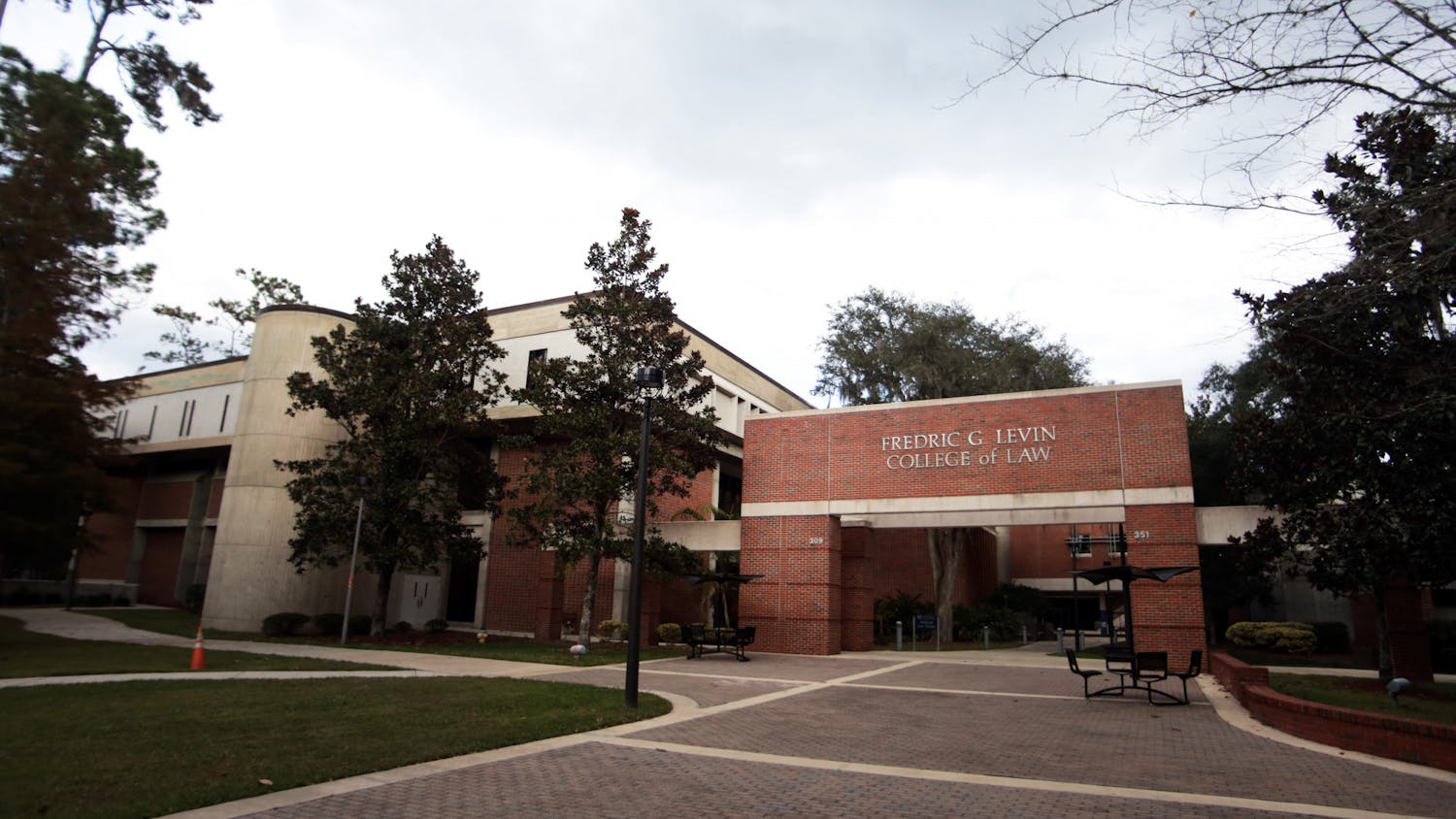Study finds people don’t know health benefits of mushrooms
Over 80 percent of consumers are unaware of the health benefits of mushrooms, according to a recent survey conducted by UF/IFAS researchers.
The fungus is low in calories, fat-free, cholesterol-free, gluten-free and very low in sodium, according to the Mushroom Council.
Mushrooms have also been linked to supporting a healthy immune system, said Yuan Jiang, a food and resource economics doctoral student who conducted the survey.
Despite these many benefits, the survey revealed only 18.5 percent of respondents said they knew the health benefits of mushrooms, she said.
“It was very surprising to see this,” Jiang said. “In the beginning, I thought that maybe half of respondents should know the benefits, so to see only about 20 percent of them actually know anything was shocking.”
The survey also analyzed the factors affecting mushroom consumption among consumers, Jiang said.
Consumers prefer fresh mushrooms as opposed to canned or processed ones, and their choice to buy mushrooms and how often to consume them is affected most by the nutrition benefits that they provide, she said.
Jiang said this information can be useful to the mushroom industry in furthering sales among consumers.
“We know that the more you are aware of the health benefits, the more likely you are to try mushrooms and eat them more frequently,” she said. “If producers add the health claims to the packaging, it can help inform more people.”
- Rachel Donohue
UF researchers successfully breed Dory fish
After about six years of research, UF scientists recently found a way to breed Pacific blue tang in captivity.
Craig Watson, the director of the UF Tropical Aquaculture Laboratory, said the team focused on breeding blue tang, made famous by Dory from “Finding Nemo,” because they are iconic. However, he said the team faced many challenges because the fish are sensitive.
“We were having problems from the very beginning with simple things like getting a good hatch, so it’s been a process of knocking out the walls that were in our way,” he said.
The study’s breakthrough occurred in 2015 after a research team in Hawaii was able to successfully breed yellow tang in captivity.
Kevin Barden, a UF biologist, spent three days in Hawaii learning what techniques were used and later applied them to breeding blue tang.
Three days after the fish eggs hatched, Watson said the fish developed eyes and a mouth. He said the fish had their signature blue color by day 51.
Watson said the fish are currently about the size of a quarter and will continue to grow as they mature, which he said could take about eight months.
After the study’s success, Watson said his team is developing plans to use the same technique on other fish species.
“We’re very encouraged because the tangs have notoriously been one of the hardest species for anybody,” he said, “and so I believe that if the team can do what they did with this fish, they can replicate it with other species as well.”
One of the fish species currently being tested is schooling bannerfish, which look similar to the character Gill from Pixar’s 2003 film.
-Jessica Gonzalez
New technology helps strawberry farmers
A new web tool created by UF professors has enabled strawberry growers to save up to $1.7 million a year, according to a press release.
The free tool is called the Strawberry Advisory System (SAS).
The design and study of the SAS was led by Natalia Peres, a UF Institute of Food and Agricultural Sciences associate professor of plant pathology, and Clyde William Fraisse, a UF/IFAS associate professor of agricultural and biological engineering.
The program was funded by multiple grants from the USDA agricultural sector and took seven years of development and testing.
Before SAS, farmers would spray their crops weekly.
SAS was made to monitor for diseases such as food rot in strawberries. It alerts farmers when it is essential to spray fertilizers, Peres said. Although SAS is mainly used in Florida, new funding has allowed it to expand to five other states, Peres said.
“We hope to reach as many strawberry growers as we can, helping them better manage their crops and apply fungicide only when it is necessary,” said Fraisse.
Al Herndon, from Ferris Farms in Floral City, is a local farmer, and he said he has saved about $25,000 to $30,000 using SAS.
“The system works well,” Herndon said. “It saves money and time, and makes running the farm easier because of it.”
-Johana Wiznitzer
UF researcher looks into sustainable pest control
What happens when pesticides stop killing pests? Small-scale gardeners and professional farmers buy new chemicals, which pests eventually resist, just like the solutions they replaced.
Janine Spies, a postdoctoral UF student and researcher in the department of entomology and nematology, said this is a cycle she hopes to help end with her research on non-chemical methods for intercropping in squash crops.
“It’s pretty easy to apply all these chemicals to control pests,” she said. “You see a problem, you buy a chemical.”
Spies worked with UF/IFAS entomology professor Oscar Liburd and UF/IFAS entomology associate professor Susan Webb to find a less expensive and less harmful alternative to chemical pesticides.
Spies developed a method of planting that places buckwheat and squash together in alternating rows. She said through this intercropping, the buckwheat served as a physical barrier that prevents pests from eating leaves and spreading viruses to the squash.
“What was new, specifically with the research that I was doing, was that in the past, research has kind of had issues finding the same amount of yields,” Spies said.
She said scientists knew buckwheat could protect squash, but they couldn’t intercrop the plants without causing a natural competition for nutrients, which led to lower amounts of crops.
Spies said in addition to finding a safer alternative for the environment, consumers and non-threatening organisms, her work was motivated by the prominence of squash in Florida’s agricultural industry.
“Florida leads the country in value of production of squash,” she said.
-Anna Jackson






